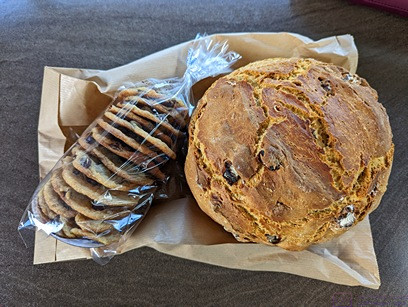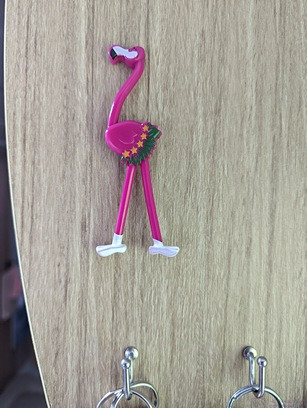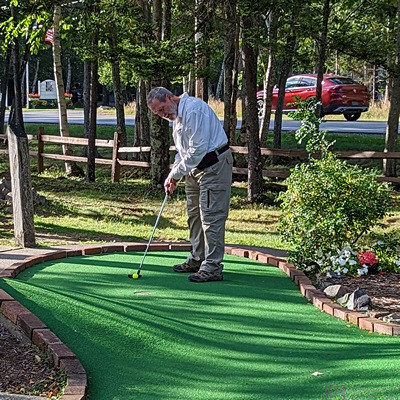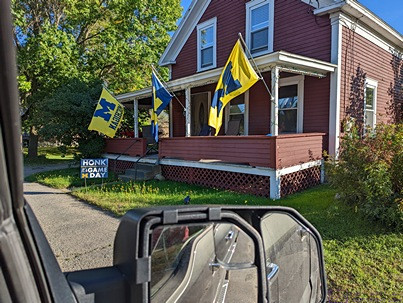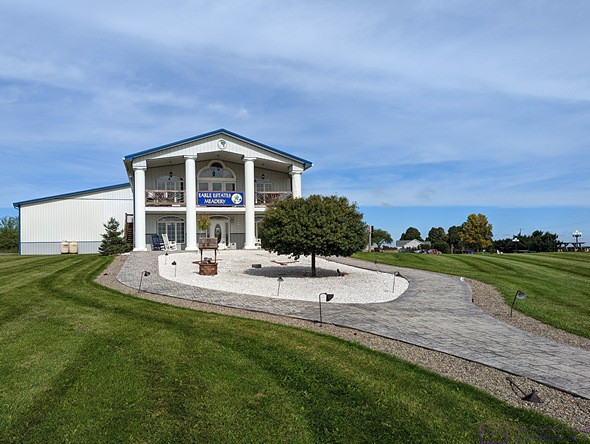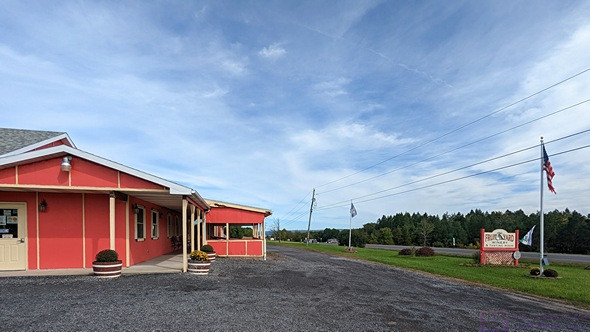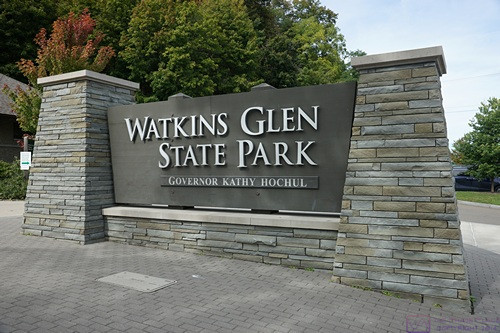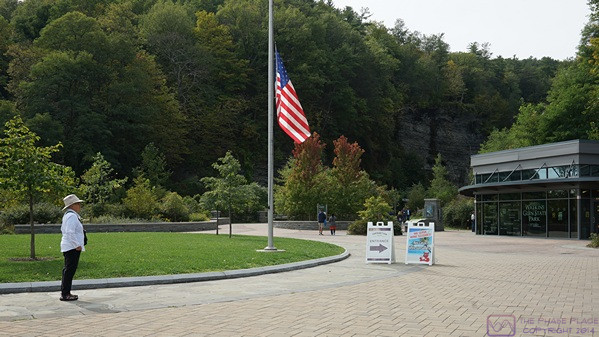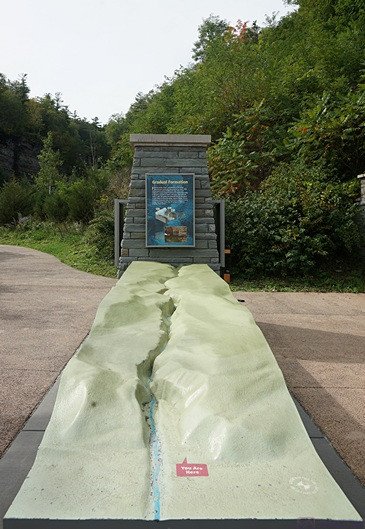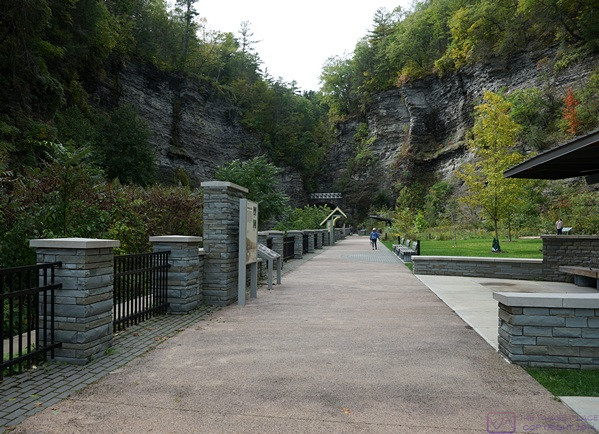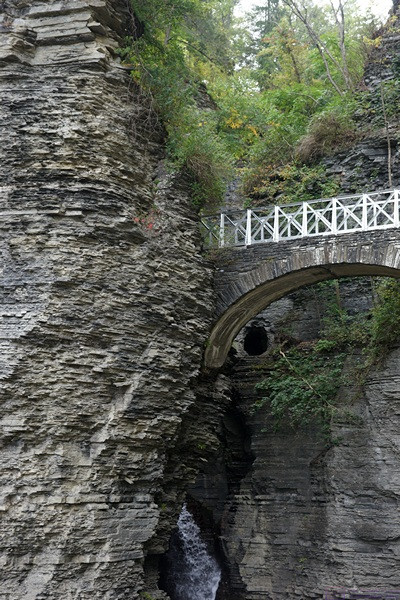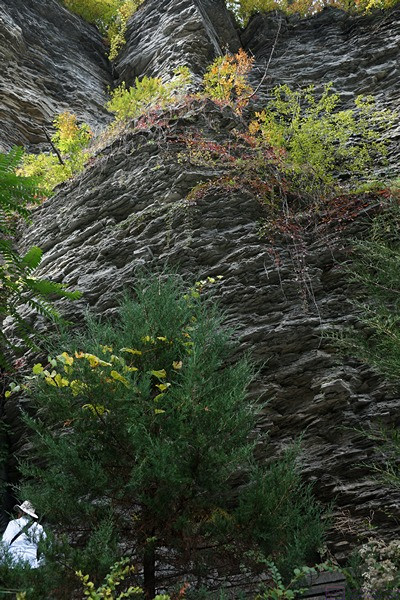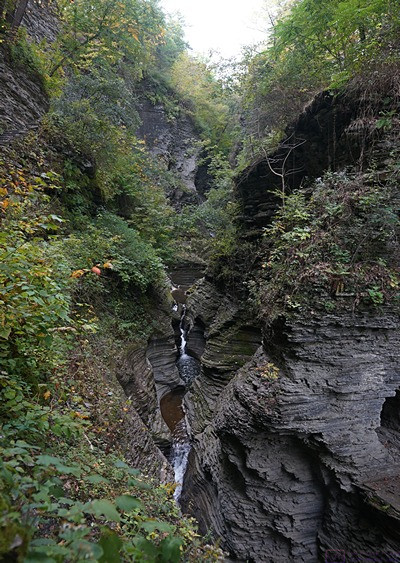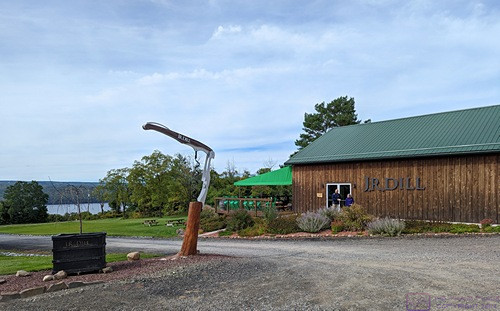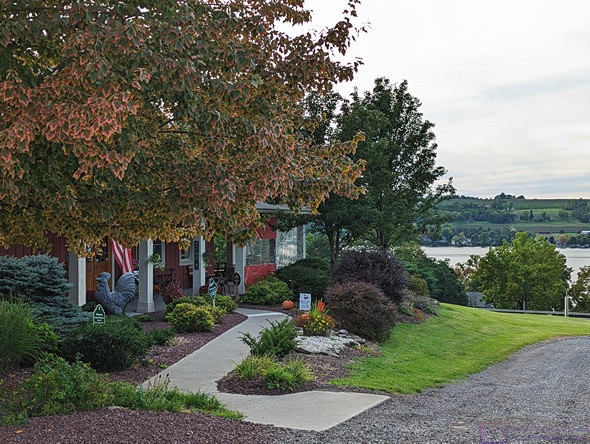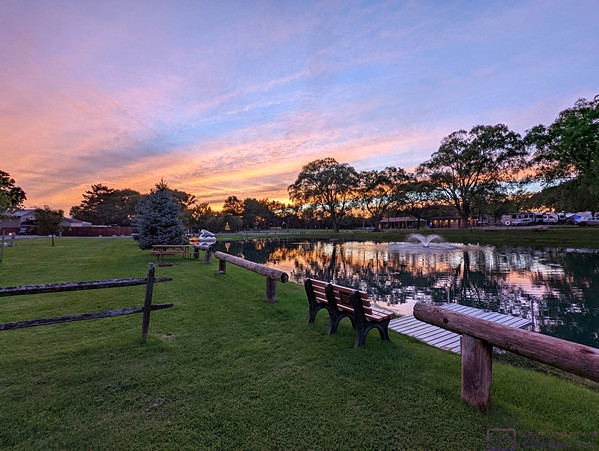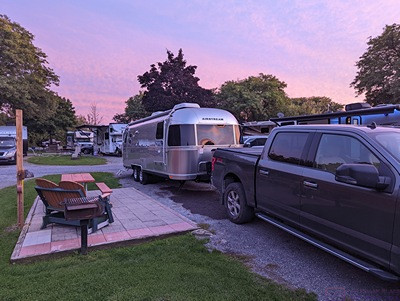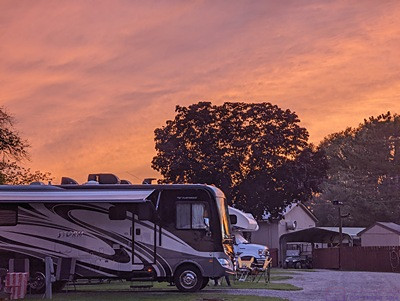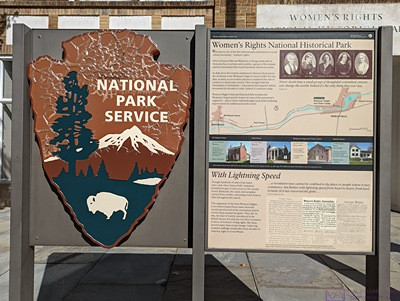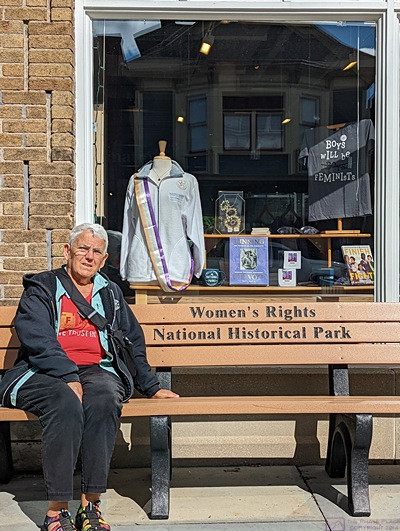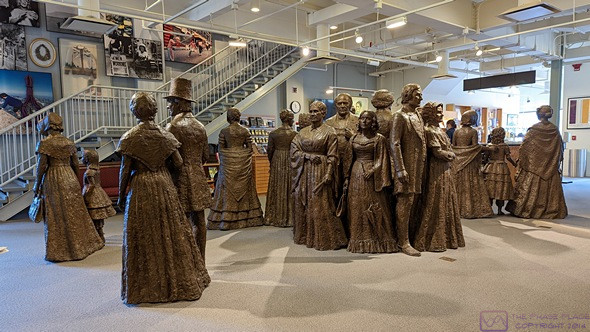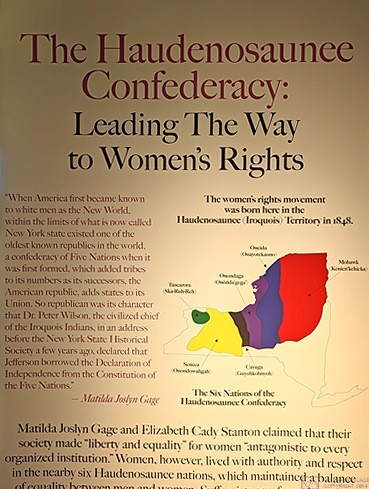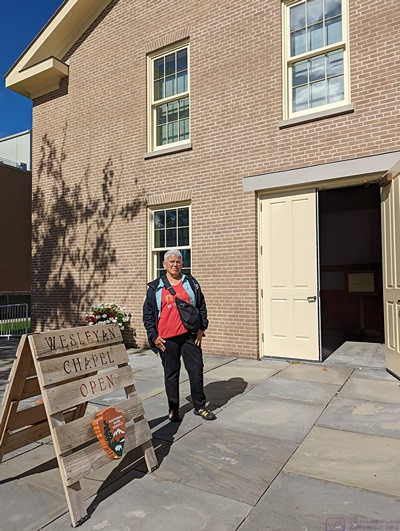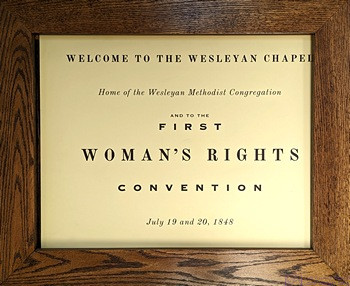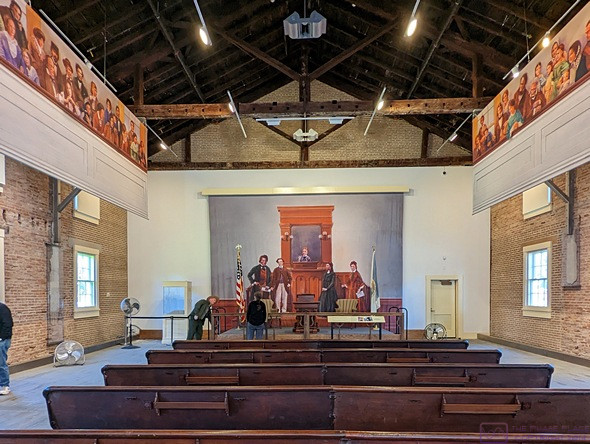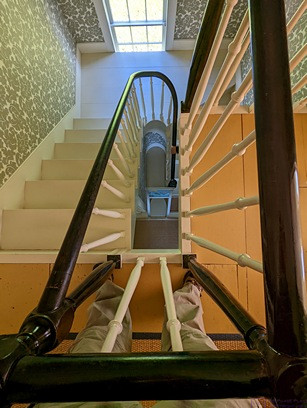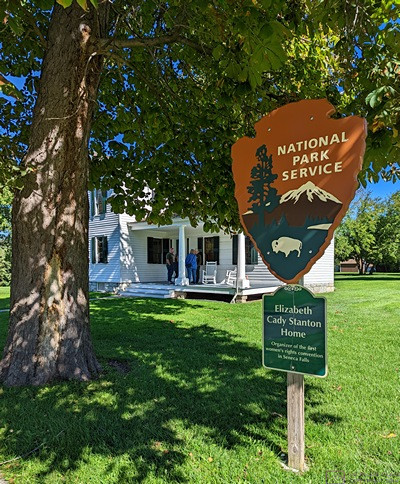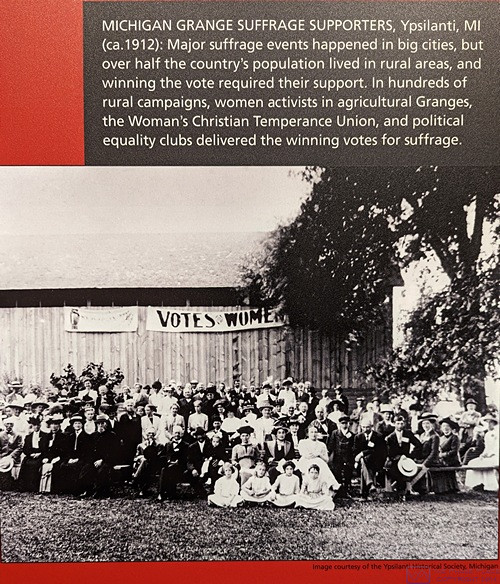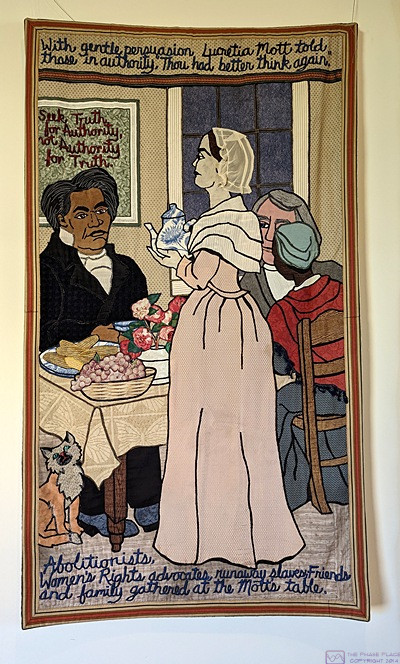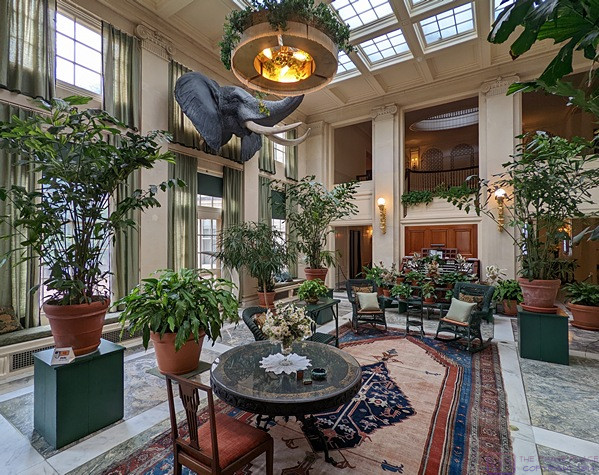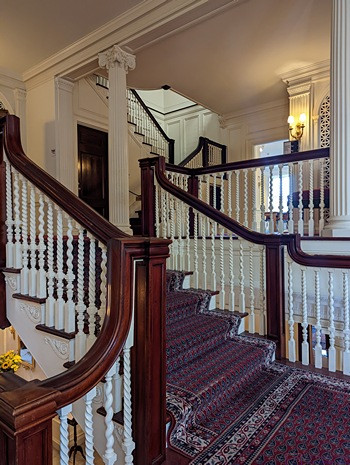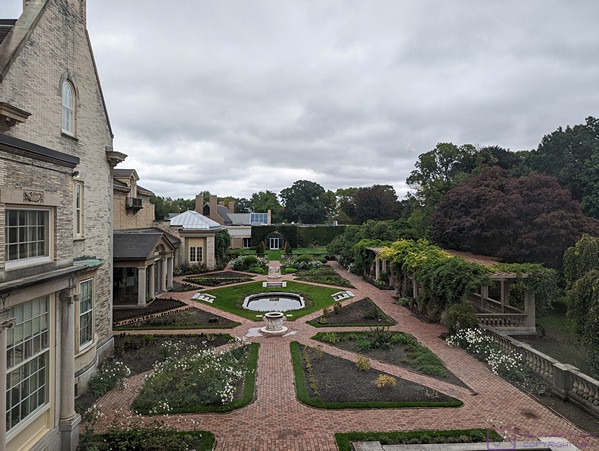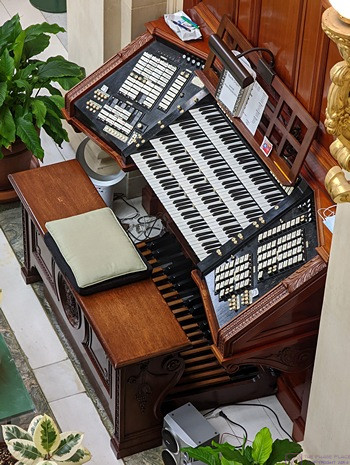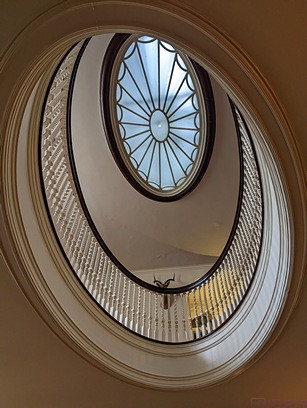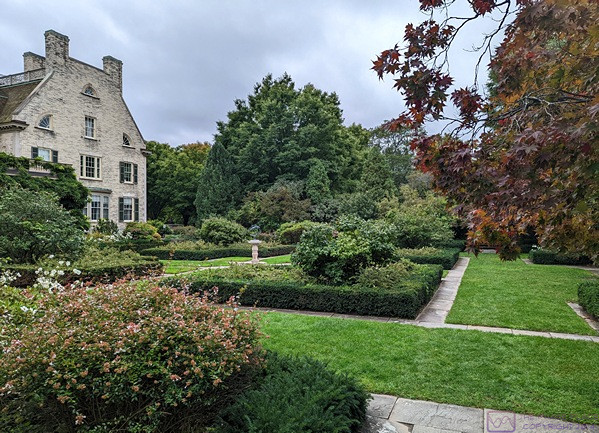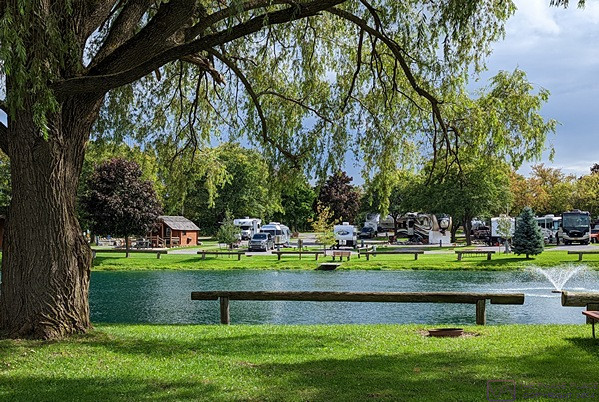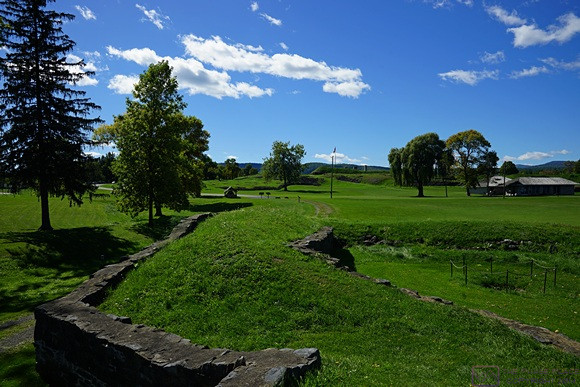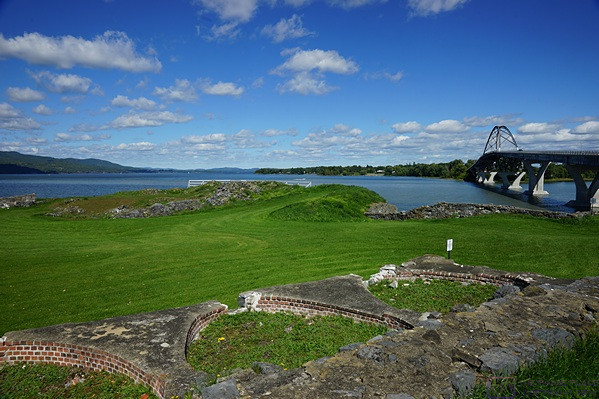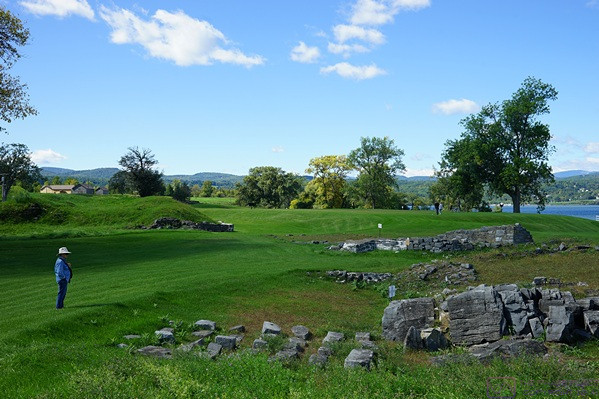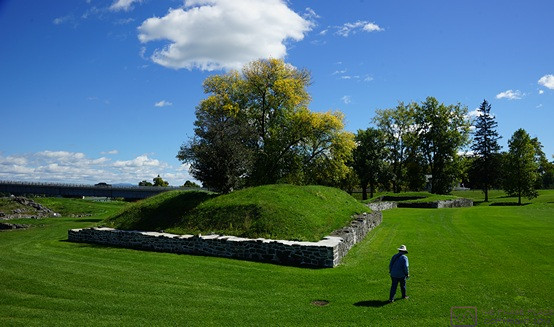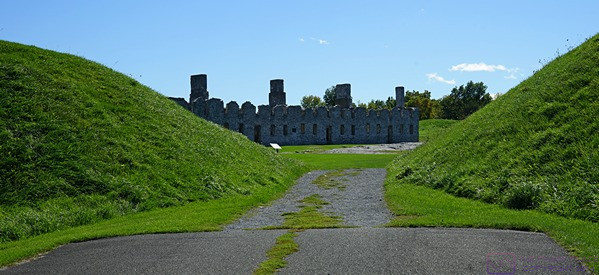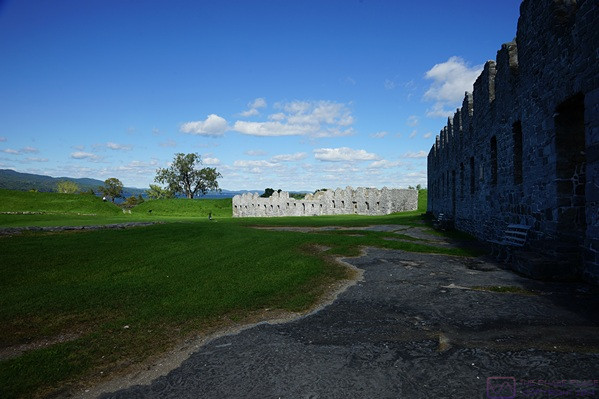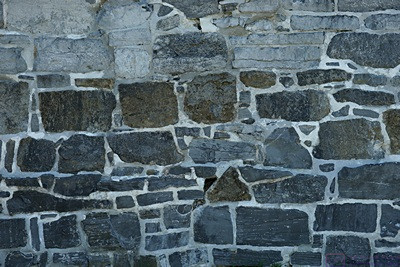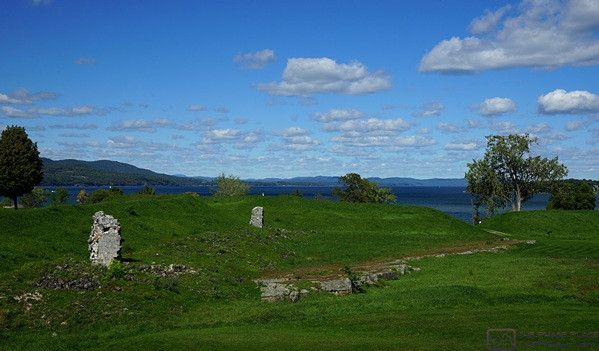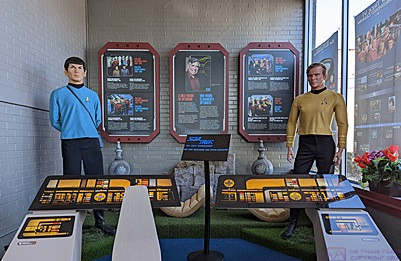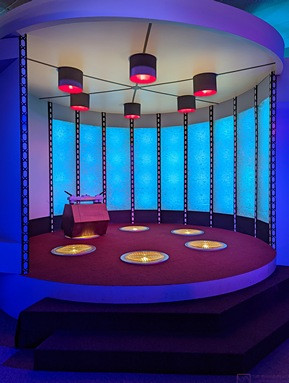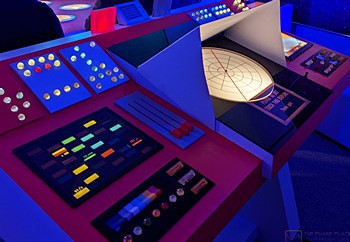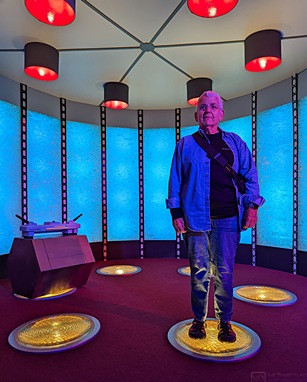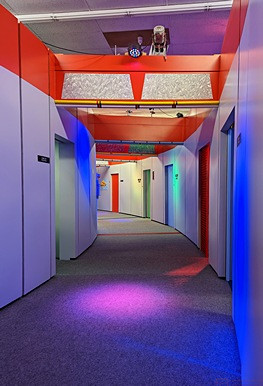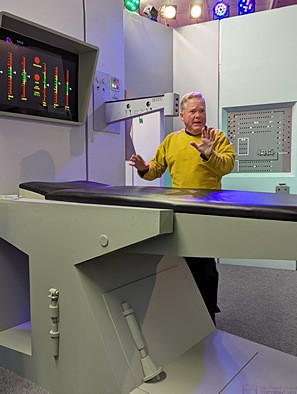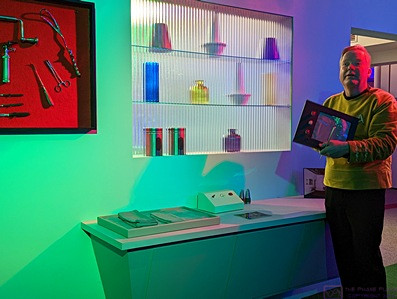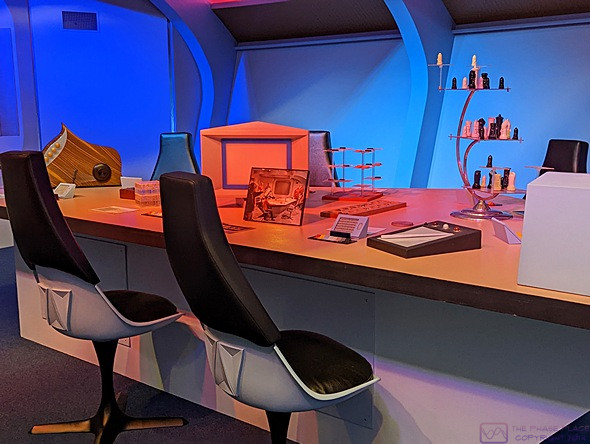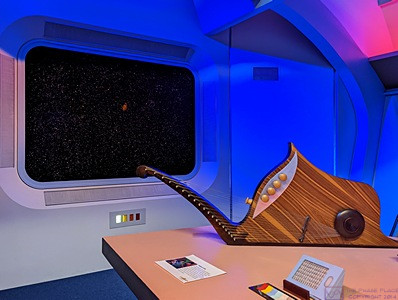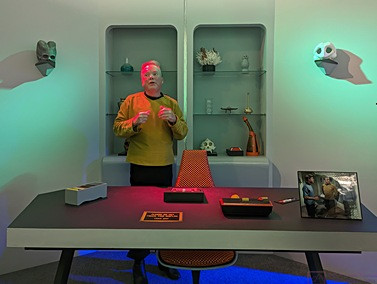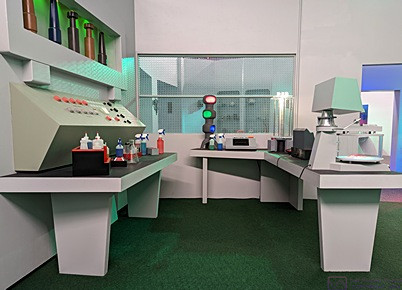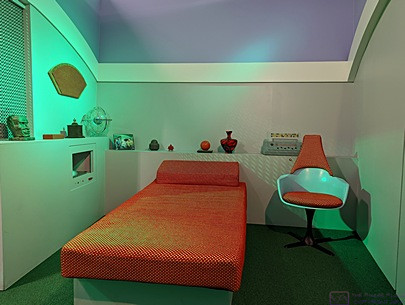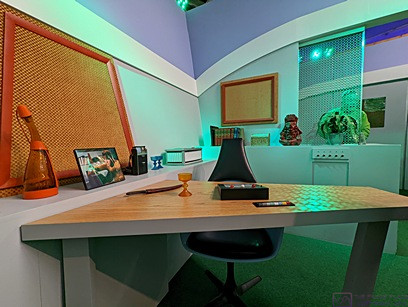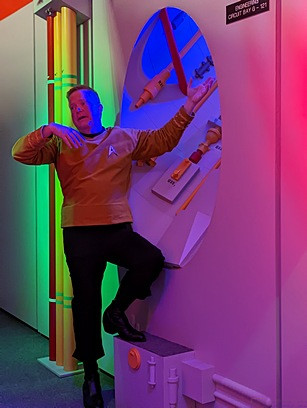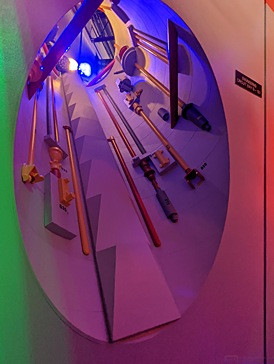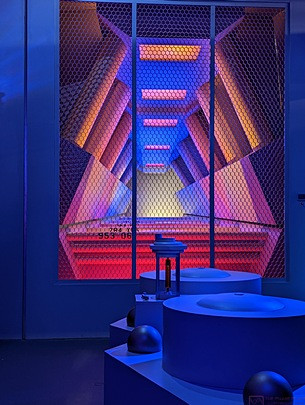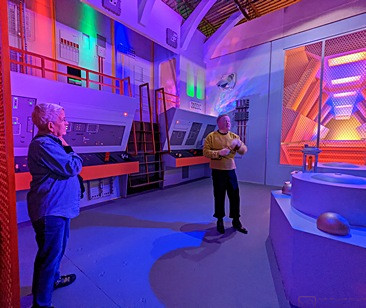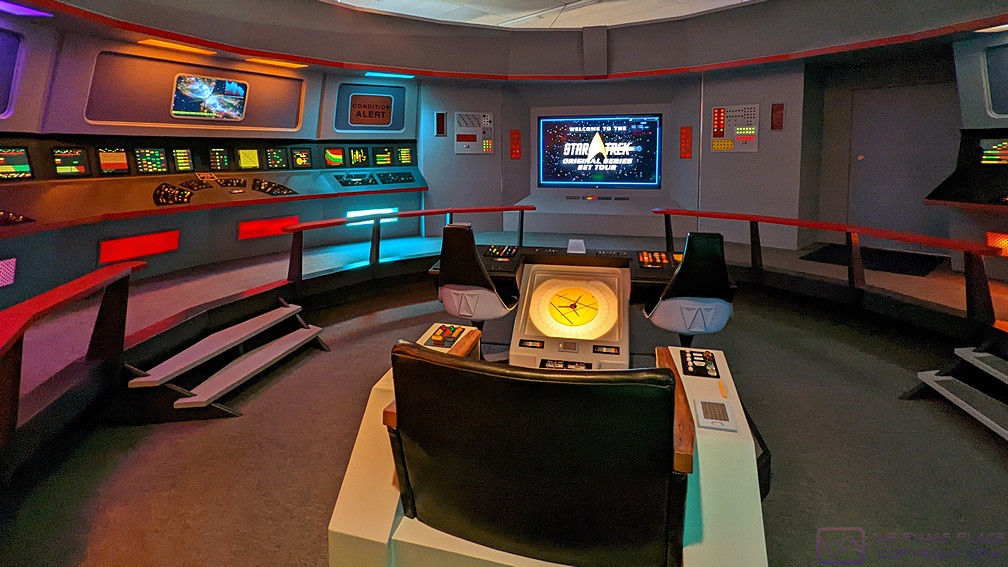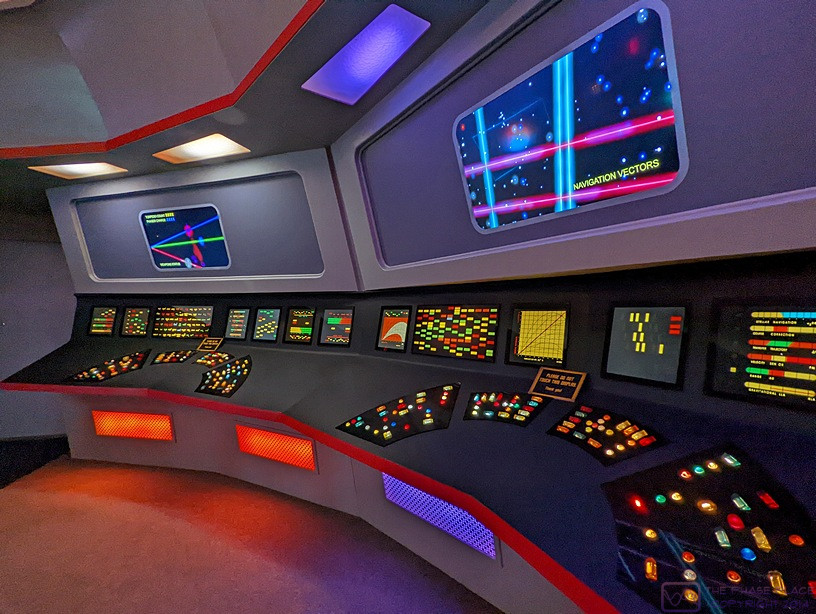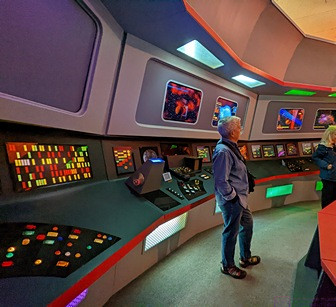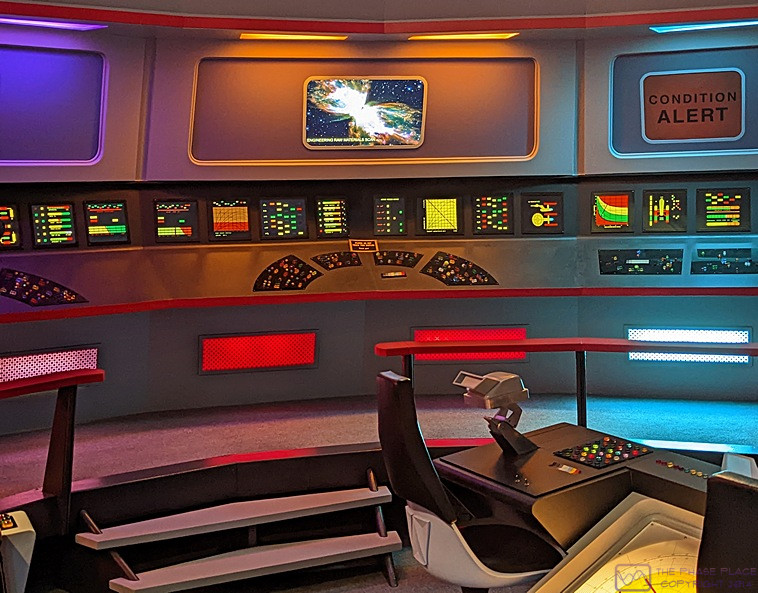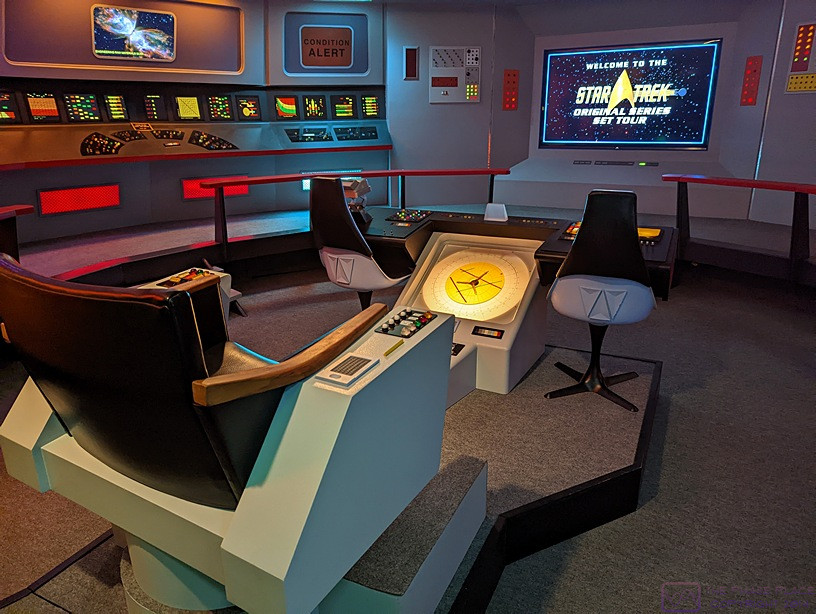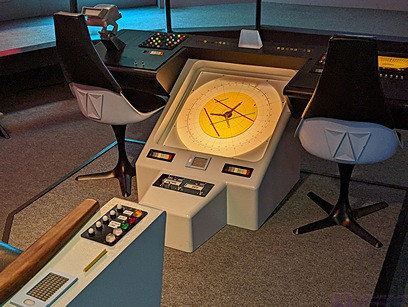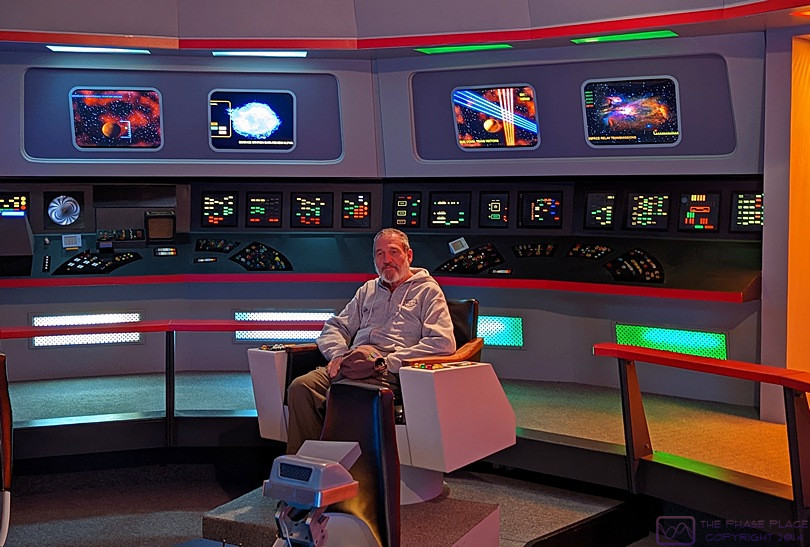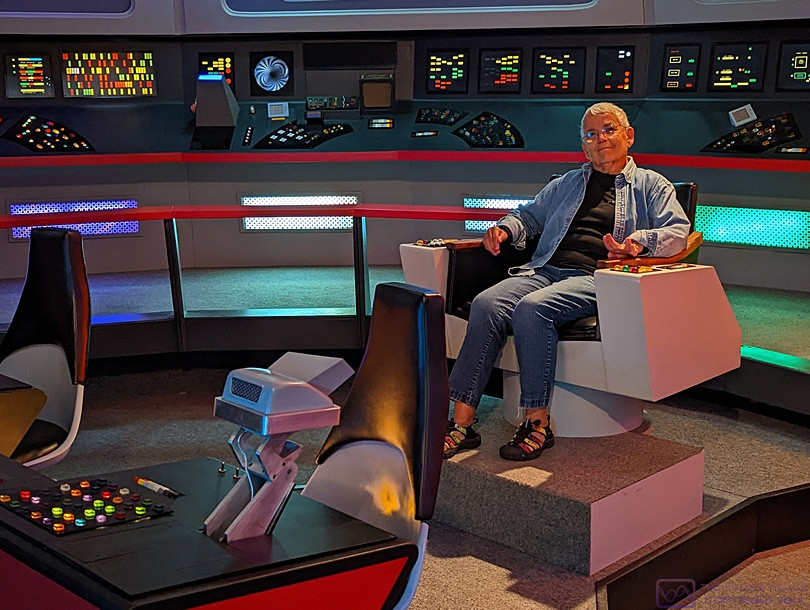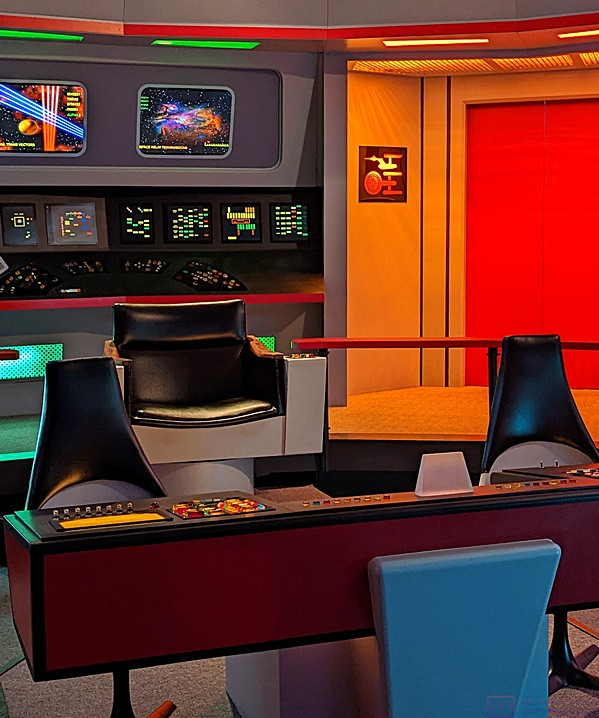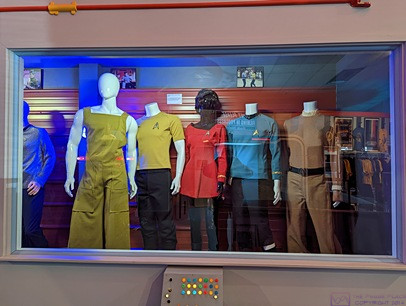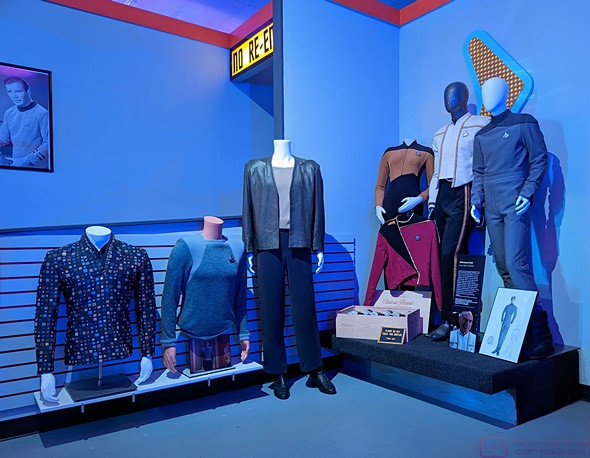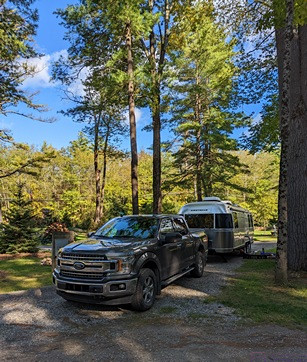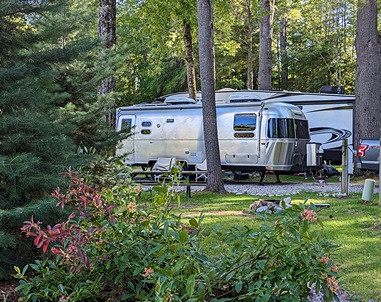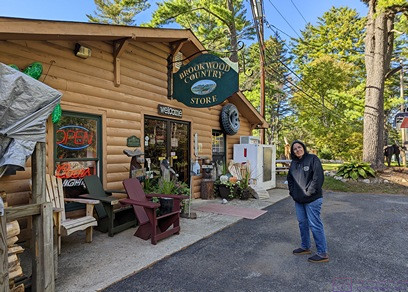SUNDAY 25 September
(The six photos in this post were all taken on September 26, under better weather and light conditions, with a Google Pixel 6 Pro phone. Some of them are inserted into the post for the 25th because that’s where they apply.)
Today was another travel day for us, so we had one cup of half-caff coffee and a Kashi Honey Almond bar for breakfast. This is only the third time we have had back-to-back two-night stays, but our next two destinations are five nights each. Only twice have we stayed somewhere for just one night, but they were followed by longer stays. We have one more one-night stay, followed by a two-night stay, just before we get home.
The camp ground we just left, Brookwood RV Resort, was selected as one of two convenient waypoints between Stowe, Vermont and the west end of New York’s Finger Lakes region, but we made good use of our one full day there, and it was simply a nice place to camp with wonderful owners. Clearly there was much more to do in the area, including the Fort at Ticonderoga (which we have visited before) and the whole Lake George area. For that matter, Lake Placid was about an hour’s drive northwest of the RV Resort, and we have not ever explored the enormous Adirondack State Park. But we have a target date for being home, and there is only so much you can see if a 4-month trip through six provinces (Ontario, Quebec, New Brunswick, Prince Edward Island, Nova Scotia, and Newfoundland & Labrador) and six states (Maine, New Hampshire, Vermont, New York, Pennsylvania, and Ohio), not including our home state of Michigan on each end of the trip.
Today’s destination, The Villages at Turning Stone, was also a convenient waypoint enroute to the Finger Lakes region of New York. But we had also stayed here at least twice before, so we knew it was a very nice RV park, and very convenient to the New York Thruway (I-90) while being far enough away to not hear any noise. It’s part of the Turning Stone Casino & Resort complex, an Enterprise of the Oneida Nation.
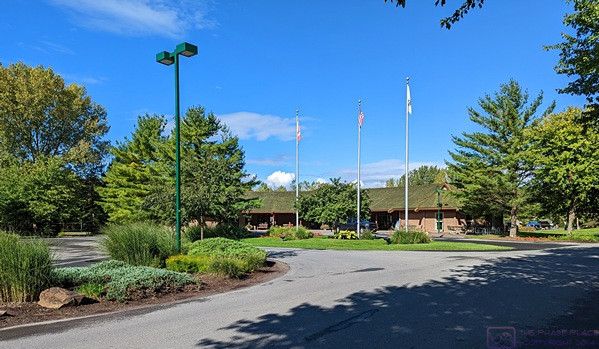
This is the view of the office from the arrival lane at The Villages at Turning Stone RV Park. It sets the tone for the entire park.
Our next destination had a 1 PM check-in time, so we targeted a 10 AM departure and set about getting ready to leave around 8:30 AM. Because the service attachments were so conveniently located near the driver side tires of the trailer, we decided to use the black tank flush feature and fill the black tank to 85% of full (~30 gallons) and give it a good flush before dumping the grey tank. The last couple of times we have dumped the black tank, the level sensor system went down to 10% and then jumped back up to 35%, and then went down to 5% and jumped back up to 55%. RV tank sensors are notorious for giving erroneous readings (and then eventually failing altogether), but that is mostly due (I think) to the tanks never getting full before dumping and/or never getting cleaned. While we would rather not “waste” 30 gallons of potable water, we would also prefer to have a correctly functioning tank level monitoring system. And the only way to do that, without having a tank cleaning service or installing an aftermarket whirligig, is to fill it with clean water and then drain it, multiple times if needed.
Even with a bit of neighborly chatting, we were packed and ready go in time to pull out of our site at 10:15 AM. We set the destination in the F-150 navigation system and selected “fastest” route, knowing that we were going to immediately not go the way it plotted, and that it was going to persistently try to put us on its calculated route.
Rather than head south on NY-9N we headed north, back through Ticonderoga, all the way to NY-74, and took that west to its terminus at I-87 in Severance; 21.1 miles with an estimated travel time of 29 minutes. It was a beautiful, winding road through a valley with Eagle Lake and Pharaoh Lake to the north and the Pharaoh Lake Wilderness Area to the south. It was mostly posted 45 mph, but got us through/over the mountains and was also the shortest way to get from our RV park to I-87.
From there we took I-87 south all the way to the interchange with I-90 just northwest of Albany; 87.76 miles with an estimated travel time of 1 hour 29 minutes. The GPS was fine with that until we didn’t leave I-87 for the more direct (and presumably faster) route(s) it wanted us to take. It tried to take us off I-87 at every southwest road option that we passed, and turn us around when we “missed” it. (It eventually occurred to us that we had the navigation system configured to “Avoid Toll Roads,” and it was doing everything it could to keep us off of I-90 (the New York Thruway), which is how we planned to go.)
I-87 was posted 65 mph most of the way, with an occasional slow down to 55 mph, so I set the cruise control at 65 mph, and only backed off as traffic or speed limits dictated. Although counter-intuitive, we get good fuel economy at this speed because the transmission can shift up into 9th gear and drop the engine rpm back. (Except when climbing hills, where it downshifts and raises the engine rpm.) Southbound traffic continued to increase the farther south we traveled, and was heavy, but manageable, by the time we came into the Albany area. (We presumed that a lot of the southbound traffic was probably folks booking it back to civilization after a weekend “up north” in the Adirondacks.) The transition onto I-90 west involved a keep-right, keep-right, keep-left in fairly quick succession, but we knew about it ahead of time and I was able to maneuver the rig without any issues. (We study maps before making routing decisions, and zoom in to make sure we can see details such as interchanges.)
I-90 is the New York Thruway, and uses EZ-Pass for electronic toll collection. (Indeed, we never saw any evidence of toll actual booths.) We had our EZ-Pass stuck to the windshield and sailed through the full speed overhead readers. (Before we left home, Linda had put money in the account and made sure it was linked to a valid credit card.) From where we got on I-90 to the entrance to The Villages at Turning Stone RV Park was 112.7 miles, with an estimated travel time of 1 hour 49 minutes. The total mileage for our drive today was 221 miles and the estimated travel time was 3 hours 47 minutes. We arrived at 2 PM with an actual travel time of 3 hours 45 minutes, and we averaged over 12 miles per gallon. Not bad.
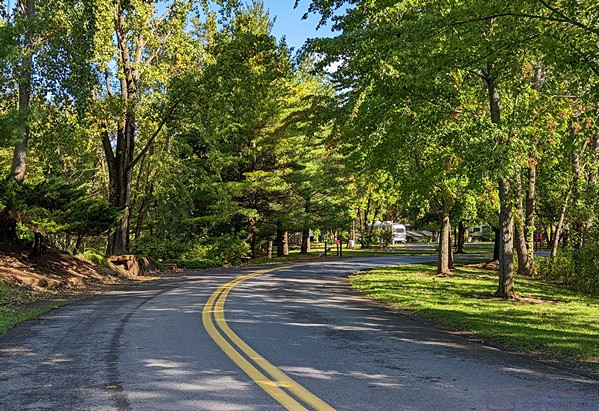
This is the view that greeted us as we pulled away from the check-in lane into the RV Park.
The Villages at Turning Stone RV Park is a really nice RV park, and you see/sense that as soon as you turn in to the entrance road and pull up to the office building. As usual, Linda went in to register us and I popped into the trailer to turn on the LevelMatePro+ and sync my phone app to it. This was the first place on our trip where they offered discounts for membership in several RV groups. Linda said we were members of FMCA and Escapees, but didn’t have cards in her wallet for either one. They applied the discount, but said she needed to return with a valid membership card.
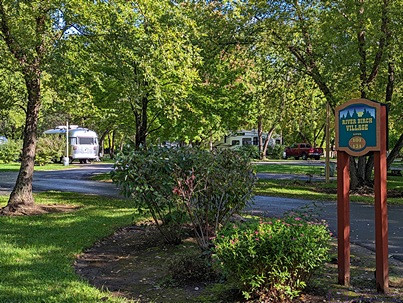
Just before the turn into the River Birch Village section of the park. Our trailer is in site 102, center left. The sites here were spacious pull-throughs with 50A/FHU services.
We were assigned Site 102, a paved, 50A/FHU, pull-through (W3W=”opened.delights.carries“). The site was long enough, but had a curved entry from, and curved exit to, the roads. This made it difficult to get the truck lined up with the trailer (it’s a hitch thing) AND get the combination position nicely on the pavement. In the end, I opted for aligned over perfect position. (If the truck and trailer are not aligned fairly well we cannot lower the trailer tongue jack.)
We drove through off-and-on rain the last hour before reaching The Villages, but quit by the time we got there. We started setting up without precipitation, but it started to drizzle lightly as I was hooking up the utilities. I got the shorepower connected and just made a direct water connection (no filter or water softener). (I left the sewer hose for the morning of our departure.)
We got set up inside (it was raining outside) and were glad to see that we had a decent cellular signal for our phones and Verizon Jetpack Mi-Fi. Linda checked our travel wallet, and it turned out that we didn’t have printed cards with us for either FMCA or Escapees. We were able to log in to both websites and “print” them to PDFs, which I then e-mailed to our phones.
Linda walked over to the office only to find that it had closed on 5 PM. Indeed, that was when it closes Sunday through Thursday, staying open later on Friday and Saturday. No problem, we would just deal with it in the morning.
For dinner, Linda made mushroom risotto with greens and we had a little wine to go with it. After dinner I worked on the blog post a bit. We then spent the evening watching a couple of shows on PBS, the new seasons of: “Lucy Worsley Investigates – The Black Death” and “Van der Valk.”
MONDAY 26 September
Since this was just a layover stop for us, we had no plans to do any sightseeing or visit any attractions in the area. We also had no plans to visit the casino, even though they run a free shuttle between the RV park and the Casino. As such, we were in no hurry this morning. We did, however, have chores and errands to attend to.
First up was laundry. Check-out time was 11 AM and check-in time was 1 PM, so Linda figured morning would be the ideal time to do the laundry. We both got showers and then gathered up the laundry, including towels and such. We had enough for two baskets, but only had one basket with us, so we sorted the laundry into two loads. We don’t normally bother, but I wanted to run a ‘hot’ load.
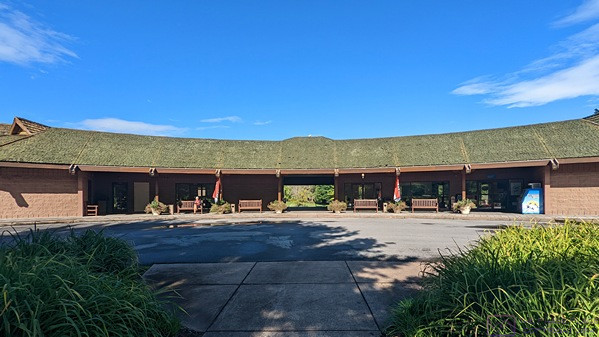
The front view of the office building at The Villages at Turning Stone RV Park. The office and store are to the right, the laundry, TV room, and meeting room are to the left. Linda is sitting on the bench in front of the laundry room door.
We carried one basket over to the laundry room in the main office building, which is relatively close to our site. The laundry room was spacious, and had four washing machines, four dryers, and a large table for sorting and folding. None of the machine were in use, so we split the first load into two washing machines and started them. We then walked back (with the empty basket), got the second basket full and returned to the laundry room and split it between the other two washing machines.
In-between baskets, I opened up two windows and the ceiling/exhaust fan in the trailer to let it air out and some of the humidity. The weather here has been rainy and cool, requiring us to keep the trailer closed up and run the furnace or one of the heat-pumps. Somewhere in there I took some photos and we brought our iPads along to use while we waited.
As we were walking back to the trailer with all of the clean/folded laundry it started to rain. It was light, but it was still rain. I took the basket and made for the trailer, as I could move faster by myself than with both of us carrying it. We made it back without getting the laundry wet (we had the dish drying mat on top). The vent/fan had already closed (automagically) and I closed the two open windows.

This is a composite of four images showing some of the amenities located behind the main office building at The Villages at Turning Stone RV Park.
We also needed to do some shopping, but wanted to wait until we had a break in the rain, which had gotten heavy at times. Linda made ham and cheese sandwiches, with mustard and greens, a potato chips on the side. I my case, however, it was also potato chips on the sandwich. I’ve eaten ham sandwiches that way since I was a kid, and that is still the way I prefer to have them.
The rain had stopped (temporarily) by 2 PM, and we headed out. Our first stop was the Walmart on the west end of Oneida for groceries. Their organic produce was limited, but Linda picked what she could and got most of what she was after. The one thing they did have was wine.
We have found the different way that each state and province handled the sale of alcoholic beverages very interesting. In some places, just like in Michigan, we could buy anything in a grocery store. I other places we could only buy alcoholic beverages in the official state/province store. In other states, like New Hampshire and New York, we could only buy beer in the grocery store; anything with a higher alcohol content had to purchased at a Wine and Liquor store, but these were not official state-run outlets. Finally, there were places where we could buy beer and wine at a grocery store, but anything stronger could only be acquired at a liquor store.
Linda stopped an older gentleman in the store and asked if knew where we could buy some wine. He directed us to go east on NY-5 and look for the store on the left side near Main St. We were headed that way when I spotted a Byrne Dairy & Deli filling station and pulled in. We had passed on Lenox St. on our way to Walmart, so I knew what they looked like. I intended to stop there until we took a different route back.
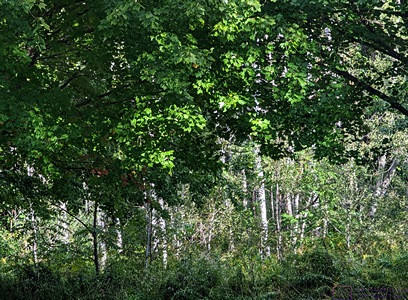
The rain quit and the sun came in to light up this scene behind our RV site at The Villages at Turning Stone RV Park.
Tomorrow is another travel day and, like always, I wanted to pull out of the RV park with a full tank of fuel in the F-150. I had problems with the credit card reader, as three of them were “no read” or “chip not detected.” I knew that wasn’t possible, so I figured it was a problem with the card reader at the pump and went inside to pay. That resulted in the whole “how much” (gallons or dollars, I’m not sure) conversation, to which I could only answer, “I don’t know, I want to fill it up.” But the clerk had to put in a number, so I figured 20 gallons at $5 per gallon. “So, you want a hundred dollars?” “Well, no, not really; I want to fill the tank whatever that takes.” “$120 then? If you don’t use that much it will only charge your card for what you actually purchase.” “Oh, OK. Make it $130. I don’t want to have to do a small top up; it messes with the miles-to-empty calculation on the display screen.”
Back at the pump I realized that I had needed to insert the cards “upside down” with the stripe and chip (on the back) facing up. Who designs and builds a machine like that? I splurged and got 20.086 gallons of premium, NO Ethanol, fuel for $4.58/gallon; only $92/.38, and it was only 90-octane at that, but I wanted to get some in the tank. Only time will tell if that’s what hits my Amex card or not.
Our next/final stop was the Oneida Wine & Liquor store a little farther east on NY-5. We were at the top of a hill with a warmed-up engine when we left Byrne’s, and I basically coasted to down to the bottom. At its highest, the information display showed a 78+ mpg average! That was the first time I recall seeing a number at or above 30 mpg (average), and probably the last time I will see a number anywhere near that (unless I reset the display at the top of mountain with a 10-mile downgrade).
All we wanted from the wine & liquor store was bottle of wine so we could have some with dinner for the next couple of nights. Linda had checked the weather/radar and we had more rain headed our way, soon and possibly heavy, so we did not linger in the store. We were looking at white wines and noticed shelf with a small selection of Gewürztraminer. I was considering labels and prices when Linda said “get one with a screw top.” Right. That’s actually important; much easier to open and much easier to reseal and store in trailer’s refrigerator. We selected a relatively inexpensive one, that happened to come from the Finger Lakes region, where we are headed next.
Back at the RV park, we unloaded and stored the groceries and settled in to work, read, or play games before dinner. The rains came, as expected, which kept us inside. But that was OK. We needed a day to sit and relax, and I needed the time to work on the blog.
For dinner, Linda made Gardein ‘turkey cutlets’ that we had just bought at Walmart. She uses a variety of Gardein products, but had never seen this one before. She baked a few small potatoes as a side.
Now that we are back in areas where we can get over-the-air TV, Monday night is one of our two nights for CBS programs, the other being Tuesday. (Saturday and Sunday are PBS nights.)
…
